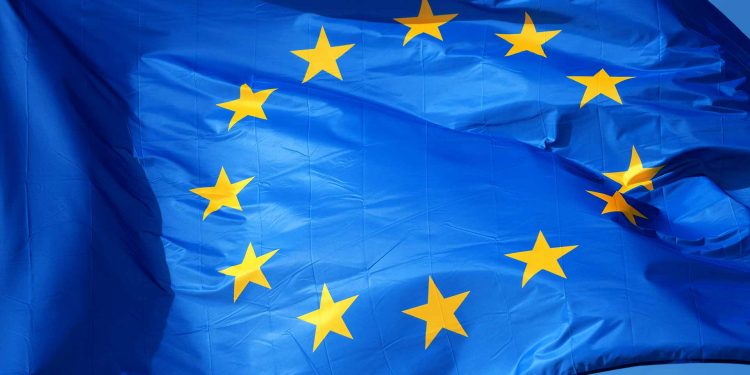EU gives €330 billion for new EU investment priorities through the 2021-2027 cohesion package to boost recovery from the pandemic. The EU is making available over €330 billion for regional and local projects in 2021-2027 through the structural funds. Council aims to help reduce economic disparities and boost the recovery from the pandemic.
Member states’ ambassadors to the EU approved the legal texts governing the funds . These are nearly one third of the EU’s seven-year budget, thereby confirming the political agreement reached with the European Parliament.
New investment priorities with EU cohesion funds
The 2021-2027 cohesion package provides for multiannual investment, with most of the resources focused on less developed countries and regions in order to foster social, economic and territorial cohesion across the EU. In the current crisis, this will not only alleviate the long-term social and economic effects of the COVID-19 pandemic. But also it helps the functioning of the single market.
How will grants and loans be allocated by EU Member States?

The co-legislators agreed on five new policy objectives, reflecting the EU’s main priorities:
- a more competitive and smarter Europe
- a greener, low-carbon transitioning towards a net zero carbon economy and resilient Europe
- a more connected Europe
- a more social and inclusive Europe implementing the European Pillar of Social Rights
- a Europe closer to citizens
Projects financed by the funds range from transport infrastructure, hospitals and healthcare, clean energy, water management. Also it gives sustainable urban development, research, innovation and digitalisation to employment schemes, social inclusion, education and training.
Simplification and efficiency
The new legislation simplifies the rules, reducing red tape and ensuring that resources are spent more efficiently.
Importantly,there is a link to the European Semester, a framework for economic policy coordination resulting in recommendations for structural reforms at national level. This will guide member states as to how best to invest the money from the funds in order to have a stronger impact at regional and local level.
In addition, access to cohesion resources is conditional on compliance with the EU Charter of Fundamental Rights and the UN Convention on the Rights of Persons with Disabilities.
The draft legislation also provides for effective monitoring of the public procurement market, as well as greater transparency, with member states providing more detailed information on the recipients of funding.
Climate action

Overall, around 30% of the structural funds will contribute to the decarbonisation of the economy, with each type of investment activity having a specific climate coefficient. Projects should also respect the ‘do no significant harm’ principle, in line with the EU’s environmental goals.
Crisis response
In 2020, cohesion policy proved essential to the immediate response to the COVID-19 pandemic. By amending the current rules, liquidity was rapidly made available to member states from unused allocations, with the flexibility for it to be spent where it was most needed. Drawing on this experience, a new provision has been added for temporary use of the funds in response to future emergencies.
The European Parliament will confirm the political agreement in March. The draft regulations will most likely enter into force in June. It will follow legal-linguistic revision, member states’ allocations will be effective as of 1 January 2021.















